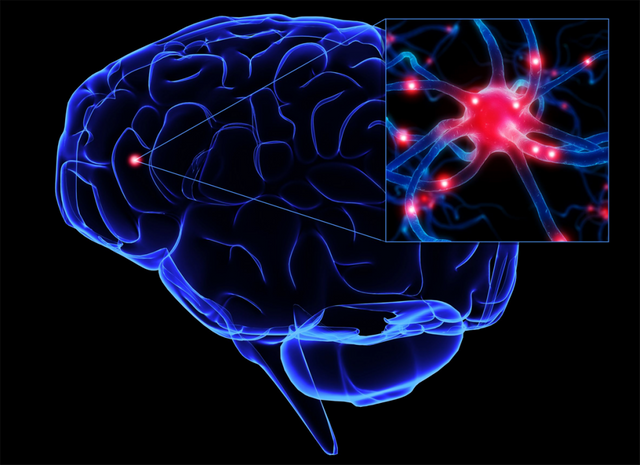How does our brain work? by pygmalion34
Does our brain work according to regions or connections?

Photo Source: Source
Neuroscientists propose a new model for how the brain works. According to this model, the important thing is not the individual brain regions, but the connections of these regions. Scientists' new insight provides a better understanding of why and how our brains differ.
Our right hemisphere is said to be for creativity and our left hemisphere for logical thinking. But this idea, which stems from a classical view of the way the brain works, is actually an urban legend. According to this view, our brain consists of several regions, each of which has a specific function. Although this 'modular' view of the brain has lost its validity, it can still be seen in many textbooks.
According to Stephanie Forkel, a neuroscientist at Radboud University, we need to look at how the brain works differently. Rather than the brain's functions being confined to separate brain regions, it is what emerges from the exchange between these regions.
“Look at language, for example,” Forkel says. “The bottom line here is more than just the sum of the parts. To communicate you need to quickly understand what is being said in a given context and consider emotional intentions depending on the person you are talking to. If the brain worked in a modular structure, it would allow us to do all these calculations about language in such a short time. wouldn't let him."
According to neuroscientists, connections in the brain that can strengthen or weaken signals determine the structure and function of the brain. Based on the connections in the brain, it's possible to predict where a function in the brain will emerge: "If you look at a child's brain before learning to read and write, you'll see that white matter, made up of nerve pathways, is already connected to the 'classic' reading region."
Another important gap in the classical brain view is that it cannot explain the variation among individuals. "Everybody's brain is different, unlike the brain in the textbooks," says Forkel.
With this new network approach, our brain differences can be modeled in light of evolution. "If you look at the white matter, you'll see that the older parts of our brain (the 'reptilian' brain) are more or less the same. The more recently evolved parts vary more between humans."
Source:
https://twitter.com/ignoramus47/status/1601318629009633280